#Jawi script
Explore tagged Tumblr posts
Text
Malaysian Student Uncovers Historic Malay Texts in Egypt
Malaysian student in Egypt collects nearly 200 historic Malay texts from the 1920s-60s, preserving valuable Nusantara scholarly works for future generations.
via The Star, 14 April 2024: Muhammad Nur Hadi Sallehuddin, a Malaysian student at Al-Azhar University in Egypt, has amassed a remarkable collection of nearly 200 Malay scholarly books, dating from the 1920s to the 1960s. These books, authored by prominent Malaysian and regional scholars and printed by Mustafa al-Halabi, cover various Islamic disciplines in Jawi and Acehnese script. A Malaysian…

View On WordPress
0 notes
Text

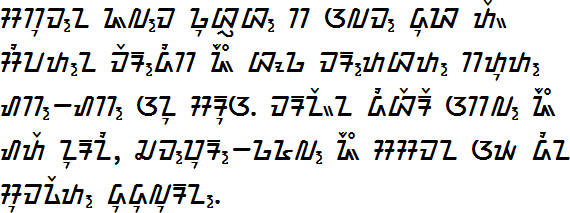
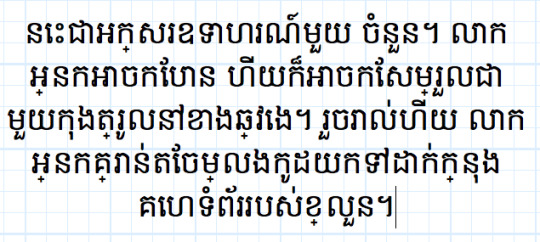
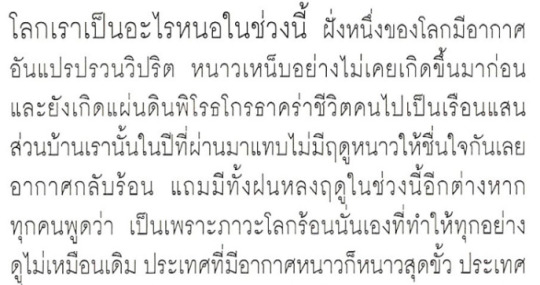
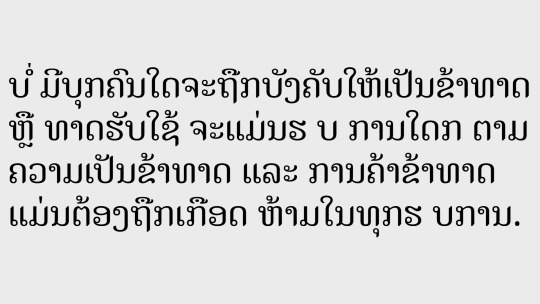
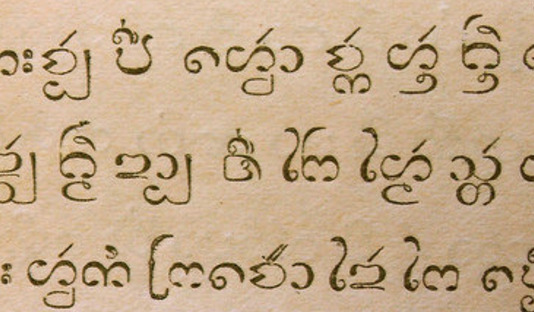
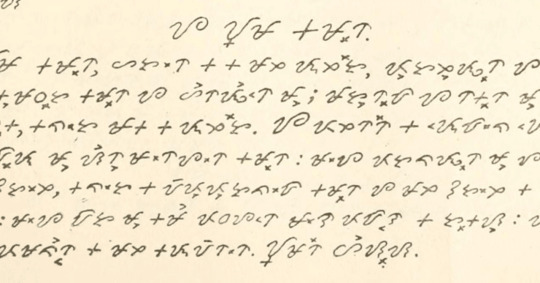



#languages#damn this was harder than i thought shame on you Malaysia revive scripts that aren't just jawi#polls
28 notes
·
View notes
Text
untuk hari bahasa ini, saya cubalah mengajarkan semua tentang sikit budaya melayu dan berkongsi kosa kata juga (ENG TRANSLATION)
(for this language day, I will try to teach a little about Malay culture and share vocabulary as well)
i made the original post detailing some fun stuff abt my culture of being malay (specifically from perspective living as a Malay from Singapore), i want to do an english translation so its more accessible to those who don't speak malay. This isnt an exact translation (plus im adding mroe additonal info) so keep that inmind
FIRST, what is the Malay language? This is an Austronesian language, also the national language in Brunei, Malaysia and Singapore. Malay is usually written in Latin script, also known as Rumi. There is also Jawi script based on Arabic writing. If you want to know (most) letters in Jawi, this is a video stuck in my head from Andalus (I'm bad at writing in Jawi and Arabic too, even though I study, I don't know much;;;)
Malay culture is deeply connected with Muslim culture, that's why a lot of malay festivities and celebrations revolve around the islamic calender. one such celebration is Hari Raya. there are two ceremonies; Aidilfitri and Haji, I will talk about Hari Raya Aidilfitri only because it is close this year and most well known (for context, its litterally in april this year).
The previous month is Ramadan where we fast/puasa. We do not eat from Subuh (around sunrise) to Maghrib (around sunset) (these are two of the names of the prayer times, in Islam we are supposed to pray around 5 times a day during different intervals. it goes Subuh, Zohor, Asar, Maghrib, Isyak). Before dawn, want to eat Sahur and then pray. At Maghrib, want to eat to break the fast/ berbuka puasa (usually say "buka" for short). Also in this month before Aidifilti, the family will prepare by cleaning the house for visitors, buy new baju kurung, get kuih, etc etc.
aaaa there are a lot of kuih, here's anything I can name (many are from Singapore); kuih lapis, kuih salat? ondeh ondeh, kuih bahulu, kuih dadar, BISKUT CORNFLAKES OMG does that count?. there are many more lol.
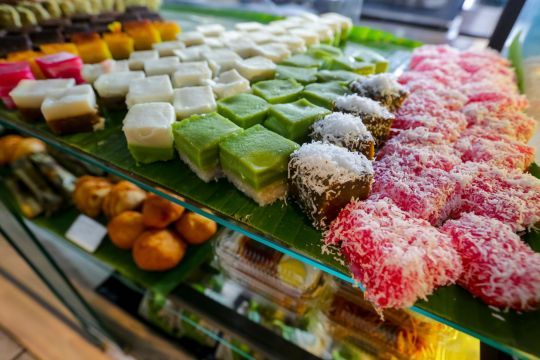
ALSO! In Singapore, during Ramadan, there is a huge Night Market in Geylang. Not only in Geylang there is a night market but this is very popular. There are MANY stalls selling food. Everyone who buys from geylang night market knows Ramly Burger, deep-fried Oreos, vadai, KEBAB, DENGDENG. (I like to buy rolled ice cream and chicken kebab mmmm)
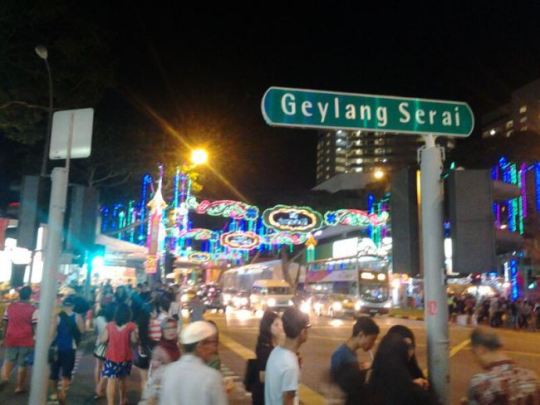
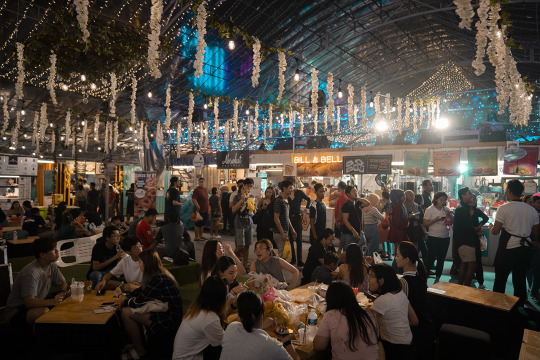
In Geylang too, they will buy traditional clothes to visit family. Baju kurung (ehh for traditional clothes, women wear baju kurung, men wear baju melayu but the names are the same anyway) is the normal clothing. Often, one household will choose to coordinate colors together (but it's not mandatory, lmao my family doesn't care)
For men, they wear songkok (that flat black hat) and samping (the long scarf wrapping around the waist)
For women, wear a sarong (skirt) with a long top. If desired, will also wear a tudung (type of hijab) (i should also clarify for muslim women its their choice whether they want to habitually wear hijab. its not just specific to just baju kurung. for example i have lots of aunties that dont wear hijab at all meanwhile i have a lot of aunts who do)
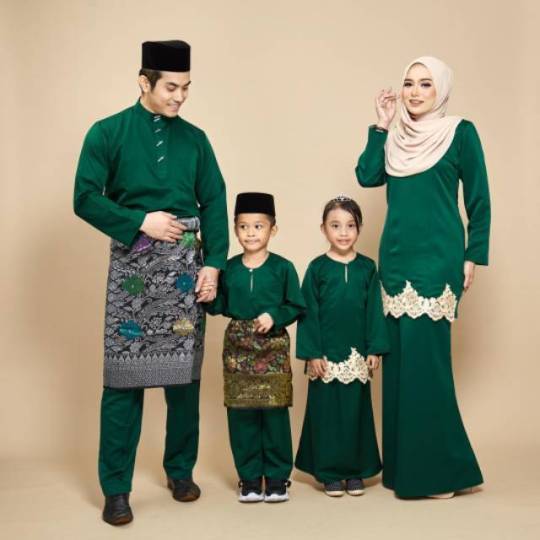
Baju kurung is also worn at other festivities, such as weddings
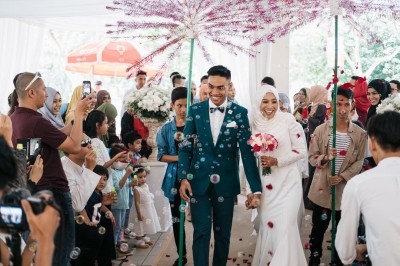

(my whole childhood I attended so many weddings, this is another topic lmaooooo)
On Hari Raya Aidifilti but before going to raya (this is what we generally call going out to see family), close family in will ask for forgiveness. (it's important the forgiveness is not one-sided, the adults will also ask forgiveness from the younger family members too). Usually this is when people start crying. After that, we go RAYA!!! When in someone else's house, if you are not working now, you can get duit raya! (because I grew up in singapore surrounded by chinese influence, I also call this "angpao" too)
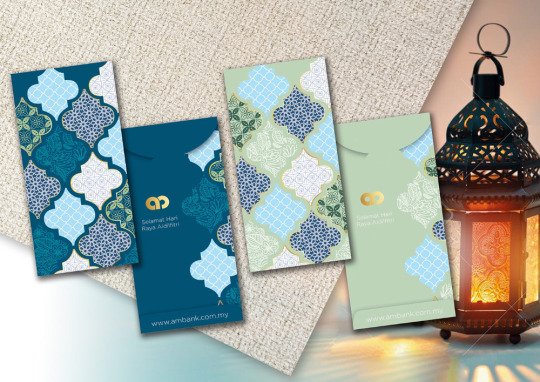
OHHHH THERE IS A LOT OF FOOD;;;; My grandmother would cook a lot during Ramadan and Hari Raya. Rendang, lontong, KETUPAT OHHH KETUPAT, CHICKEN CURRY (my mother every aidifitri cooks green chicken curry, FOR HARI RAYA AIDIFITRI ONLY, ohhhhh that's my favorite part, ASBFKASB I'M HUNGRY.)
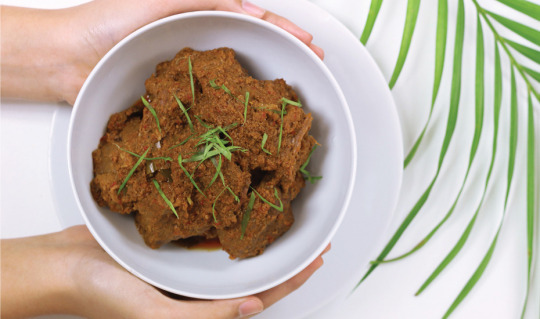

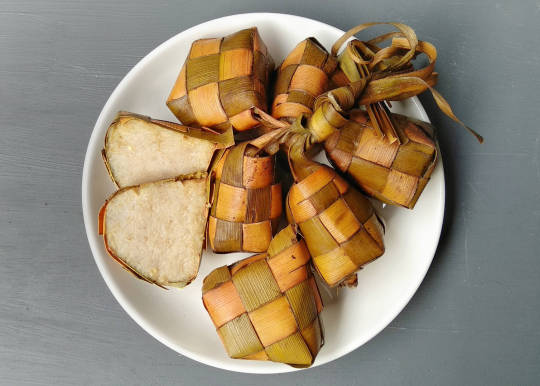

(theres also like way more cuisine than this, iu havent even mentioned nasi goreng and nasi lemak and briyani and FUCKIGN BEGEDIL;;;;)
ketupat is kind of icon to represent Aidifilti holiday, for example:

other icons of hari raya include: bunga api, neon string lights, bamboo torches, etc.
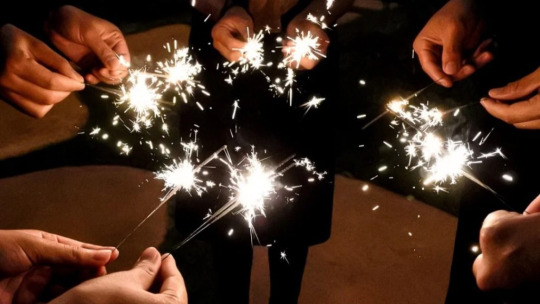
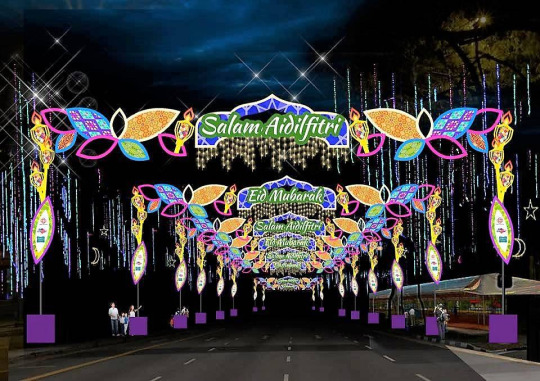

I love Hari Raya even thoug my feet hurt ALOT after visiting LOTS OF FAMILY AND FRIENDS OH MY GOD:;; it's okay if you take your shoes off in the house somehow your FEET WILL HURT at the end of the day;;;;;;
uhhhh others about malay culture? we have art! A martial art is silat melayu! I don't know much about this but it's great
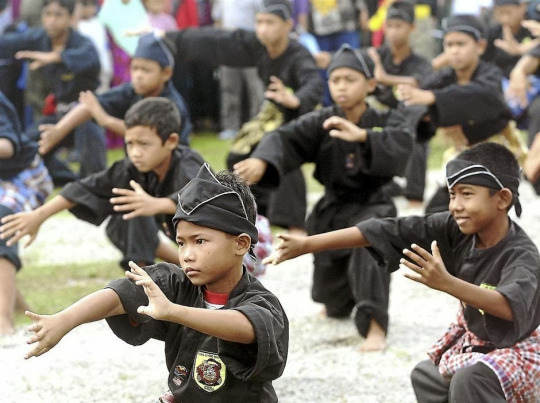
there is performance art: one example is dikir barat
youtube
juga ada permainan, ada yang terkenal ialah wau (kite)
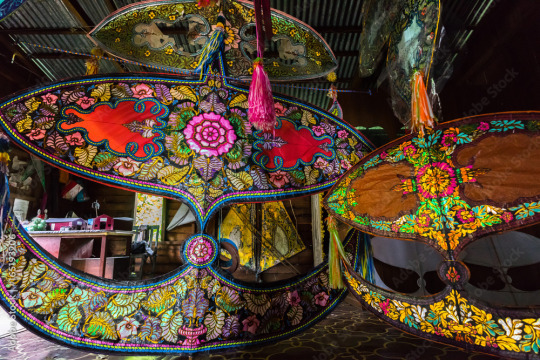
and congkak (like that one club penguin game, mancala, im not kidding)
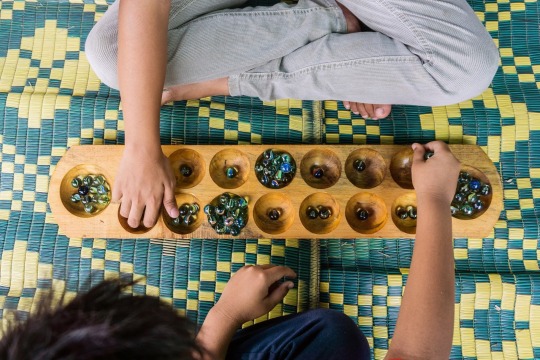

there are many malay cultures that are also from indonesian culture because of its influence. (Mainly malay culture was influenced by its neighboring cultures such as from Thailand, Sumatra, Java. Malay culture were from Hinduism before then converting to Islam) That's why we have wayang kulit (natively from Java) (a lot of indonesian culture and malay cultures share similar things because of kinda their similar roots and their spread of their own culture, hence why we also have similar dishes, traditonal clothes, even our language is kinda 70% the same)

Do you know; Singapore was discovered by Sang Nila Utama and was originally Malay kingdom (at that time the island was called Temasek before it was owned by the British) (the original indigenous of Singapore are called Orang Laut, litterally translated to "people of the sea"). That is why in Singapore, the language and the national anthem (Majulah Singapura) is in Malay. Singapore is not only for Chinese people, we Malays and Indians are also here;;;
(and im not at all from malaysia god please none of my relatives are. Malaysian is referring to the country, Malay is the language and the ethnic group)
There's a whole lot more I haven't even touched on, like lmao there's a whole thing about weddings and a whole baby shower thing.
theres also a lot of singaporean stuff i want to share i haven't even mentioned singlish but thats a post for another time
58 notes
·
View notes
Note
this could be a really silly question, but can you read jawi at all?
not a silly question, i can't read jawi but i would love to! i find i have a hard time learning other scripts, something about my brain struggles a lot with it, so i have put my current efforts toward learning the gurmukhi script for punjabi 🤎 eventually i would like to learn jawi
7 notes
·
View notes
Text
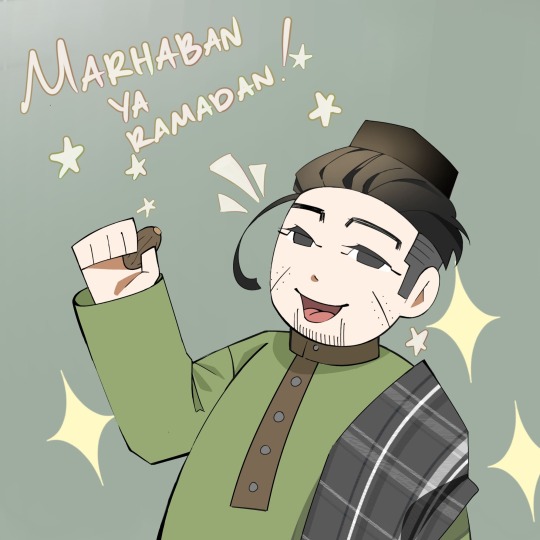
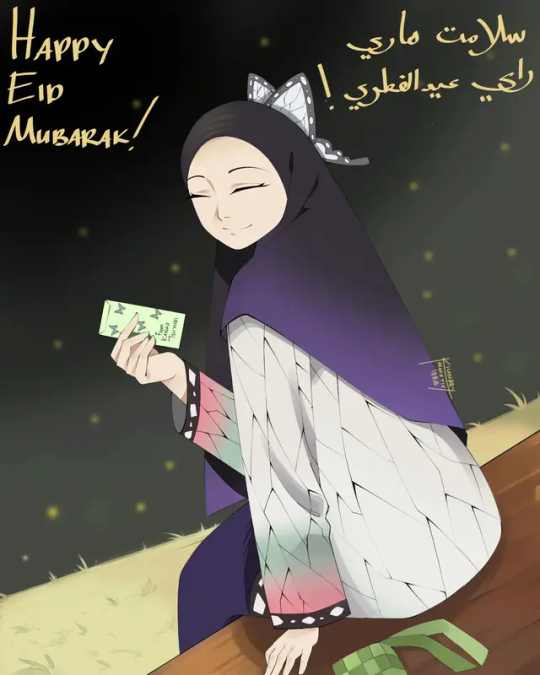
Ramadan art with Ogata from Golden Kamuy in a thobe holding a date(fruit) and Eid art with Shinobu from Demon Slayer in baju kurung. Happy Eid Mubarak to those who celebrate!
*The text on the right on the Shinobu picture is Malay but in Jawi script. In Latin script, it is "Selamat Hari Raya Aidilfitri". The weaved thing beside her hand is ketupat.
#my art#my fanart#demon slayer#kimetsu no yaiba#鬼滅の刃#kocho shinobu#golden kamuy#ゴールデンカムイ#ogata hyakunosuke#eid mubarak
8 notes
·
View notes
Text

The jawi script is so interesting….new Arabic letters just dropped…I feel like im looking at something forbidden with cha pa nga. But ga va nya just look regular to me
3 notes
·
View notes
Text
The Arabic Script: A Journey Through Diverse Tongues
The Arabic script, a flowing and elegant writing system, serves as the foundation for a collection of languages across the globe. It's more than just a way to write Arabic; it's a tool adapted and adopted by numerous cultures, each bringing its own unique flavor to the script. This widespread use speaks to the script's flexibility and historical significance.
Let's explore some of the languages that employ this versatile system. Persian, spoken in Iran, is a prime example. While it shares some vocabulary with Arabic due to historical and religious connections, Persian is a distinct language with its own grammar and structure. The Arabic script was modified to accommodate the sounds present in Persian but absent in Arabic, adding extra letters to the alphabet.
Urdu, the national language of Pakistan and also spoken in India, is another language that uses a modified version of the Arabic script. Like Persian, Urdu has incorporated sounds not found in Arabic, leading to the creation of additional letters. Urdu’s evolution also reflects its rich linguistic history, blending Persian, Arabic, and local Indian languages.
Malay, specifically Jawi script, has also used the Arabic alphabet. Historically, Jawi was used in various Malay-speaking regions, including Malaysia, Indonesia, and Brunei. While the Latin alphabet has become more prevalent in modern Malay, Jawi continues to have cultural and religious significance.
Across various regions in Africa, the Arabic script has been used to write local languages. For instance, some West African languages have employed Ajami script, which adapts the Arabic alphabet to represent their specific phonetic needs. This demonstrates the script's ability to be adapted to diverse sound systems.
The adoption of the Arabic script is not merely a matter of writing; it’s a reflection of cultural exchange and historical interaction. The spread of Islam played a significant role in the diffusion of the script, but its continued use in various contexts shows its independent value.
Arabic alphabet languages are not limited to one geographic area or linguistic family. They show how a writing system can be transformed and used to express the nuances of different languages. Each adaptation tells a story of cultural interaction and linguistic evolution. The script’s continued presence in these diverse linguistic landscapes underscores its enduring legacy.
0 notes
Text
WEEK 4 + 5 Field Trip + Analyse Artistic Traditions and Lineages


Iskandar Jalil is a renowned Singaporean ceramicist who was awarded the Cultural Medallion for Visual Arts in 1988. His Jawi script vessel developed during the Hindu-Buddhist era, and Jawi script, which emerged in the 14th century, is based on Arabic script and incorporates a mixture of Malay and Arabic vocabularies. The use of Jawi, a type of Arabic script for writing the Malay language, has declined in practical use in Malaysia and Singapore. In Malaysia, it is still taught in some schools, particularly in Islamic and traditional institutions. However, in Singapore, while it remains part of some cultural heritage, it is rarely seen in everyday use. The inclusion of the Jawi script on this vessel seems to be a way to preserve and remember the script.



Chua Mia Tee's National Language Class was painted in 1959 and reflects the social realist style for which Chua, a Chinese-born Singaporean artist, is known. His works capture the social and political conditions of Singapore and Malay in the 1950s and 60s. This particular painting, created during his time as a member of the Equator Art Society, is filled with nationalist sentiments, commemorating Singapore’s long-awaited attainment of self-governance in 1959. The phrases on the chalkboard, “What is your name?” and “Where do you live?” reflect the growing consciousness of national identity among the people of Singapore at the time.
The painting employs a textured, impressionistic technique, with bold brushstrokes that convey movement and depth. While the overall color palette is subdued, the artist highlights certain features like the figures' clothing and faces with brighter colors. The brushwork is dynamic and loose, allowing the figures and background to blend slightly, creating a natural flow.
(277 words)
“Is the Jawi (Malay Arabic) Script Practically Extinct in Malaysia and Singapore?” Quora, www.quora.com/Is-the-Jawi-Malay-Arabic-script-practically-extinct-in-Malaysia-and-Singapore. Accessed 24 Sept. 2024.
“Jawi Script.” Wikipedia, Wikimedia Foundation, 3 Sept. 2024, en.wikipedia.org/wiki/Jawi_script.
“Chua Mia Tee.” Wikipedia, Wikimedia Foundation, 31 July 2024, en.wikipedia.org/wiki/Chua_Mia_Tee.
0 notes
Text
penat fikir nak post apa untuk speak your language day, jadi jom la kelirukan pengguna roman alphabet dengan pengguna huruf jawi 😈
جوم ممرتابتكن توليسن جاوي
كلاو كورغ نق تلهو باهاس ملاو زامن دولو٢ اداله براساسكن داري باهاس سنسكريت تتڤي سجاق تانه ملاو ملاك منجادي حوب ڤرداݣاغن ڤاد أبد ک-١٤ دان ڤداݣغ ارب ممباوا اسلم دان القورنسرتا توليسن جاوي. سجاق درڨد إتو اورغ ملاو مغادڤتاسيكن توليسن جاوي كدالم باهاس ملاو
#speak your language day#thank you for reading i guess#this is bahasa melayu btw#written in jawi/arabic script#this took wayyyy too long to write lol#if you catch bad jawi spelling no you didnt Iol#chrmz.txt
10 notes
·
View notes
Photo

I just found one of the rejected design flag and crest of Malaysia. Its hand wrote in Malay Jawi-script and English.
from /r/vexillology Top comment: What's with the barcode?
#I#found#one#rejected#design#flag#crest#Malaysia.#Its#hand#wrote#Malay#Jawi-script#English.#flags#vexillology
19 notes
·
View notes
Text
Jawi and AI: Pioneering Digital Revival of a Cultural Script
AI tech revitalizes Jawi script, merging Malay heritage with modern digitalization efforts to preserve and promote cultural identity.
via Bernama/The Sta, 26 January 2024: Artificial Intelligence (AI) is being leveraged to empower the Jawi script. Researchers from Universiti Malaya are using Natural Language Processing (NLP) to digitalize Jawi manuscripts, facilitating the script’s use and learning. This initiative aims to preserve Jawi’s cultural richness and promote national unity through its historical and educational…
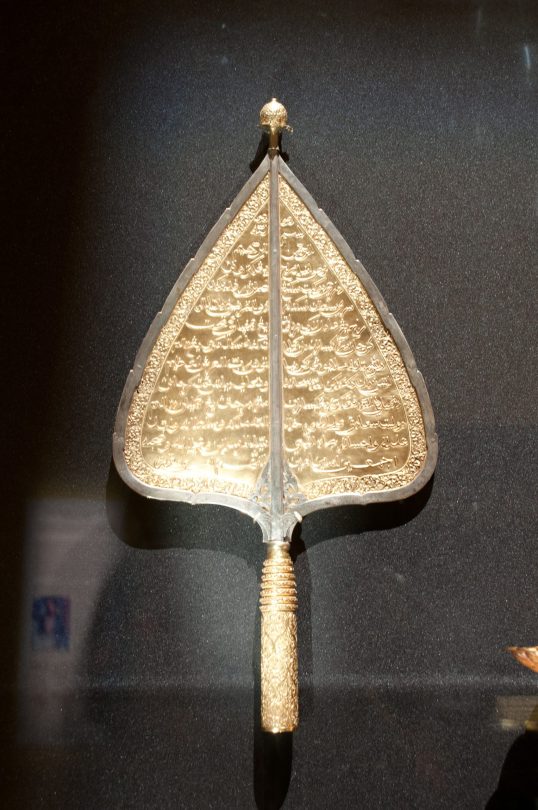
View On WordPress
0 notes
Note
hello! im a french person whose mother is a white afrikaner, and i was just in south africa and visited the western cape. i do not speak afrikaans but visited the taal afrikaans monument and museum, which had a lot of interesting stuff about muslim slaves in the cape and their influence on afrikaans' development as a language, as well as the fact that the first written afrikaans texts were in fact in arabic script. if it doesnt bother you too much, do you know of any good english-language books or articles on the subject? im now really interested in learning more. thank you so much and have a wonderful day!
I actually have an unfinished post about this very topic, which has been in my drafts since 2019. which is a bit embarrassing
research into the rôle of brown people (the slaves, Cape Malays, as well as the Khoekhoe and San/Bushmen) in the history of Afrikaans has only really taken off since the 1990s, which is pretty recent, so there's not a lot published yet (there was some work done before the 90s, but as it didn't conform to the apartheid regime's narrative it wasn't mainstream or widely published). and of course, unsurprisingly, most of the research being done is in Afrikaans
luckily, perhaps The Best source on the topic is in English ! "The Afrikaans of the Cape Muslims from 1815 to 1915" by Achmat Davids (eds. Hein Willemse & Suleman E Dangor) published posthumously by Protea in 2011. this is a fantastic book. it focuses specifically on the Afrikaans of the Cape Malays (descendants of the slaves brought to the Cape) and on Afrikaans written in (a modified) Arabic script, a practice also called Jawi. It also gives an overview of like all the research which had been done up to that point which is great. this is absolutely the first text to read if you're doing research on this subject
the trouble is, this book is out of print and I've been unable to source a copy for the last 8 years. my uni library had a copy so I have read the book and can recommend it, but just note that a library is probably your best bet to find it
the book is based on Davids' 1991 MA thesis, which is archived on the University of the Western Cape website. the thesis is like 300 pages long, so full of information and definitely worth consulting if you can't find the book. I'd then suggest looking for any English citations in his bibliography if you still want to read more
Davids also wrote a couple of shorter articles and essays, which you should be able to find online or through google scholar/jstor etc. if you can't, lmk I may still have them downloaded on an old harddrive somewhere.
there is also a more recent collection of articles which focuses on the contributions of brown folks in general to the development of Afrikaans, and also includes sociological discussion, not just linguistic. I was so certain that there was an English translation. but I can only find reference to the Afrikaans edition online. I've decided to mention it anyway in case other folks who can read Afrikaans find this post. the books is "Ons kom van vêr: Bydraes oor bruin Afrikaanssprekendes se rol in die ontwikkeling van Afrikaans" edited by WAM Carstens & Michael le Cordeur, published by Naledi in 2016.
44 notes
·
View notes
Text
The Wall Paintings of Tham Phrayananga

Tham Phrayananga ( Viking Cave) is a limestone cave on Phi Phi Le Island in the Andaman Sea in southwest Thailand. During an investigation in 2010, 80 painted figures were discovered on three different panels on the cave wall. Among them are nine identifiable ship types, other unidentified ships, non-maritime images and a Jawi script. They are single-coloured (black, reddish brown or dark brown) or two-coloured (dark brown with yellowish brown or reddish brown with black).
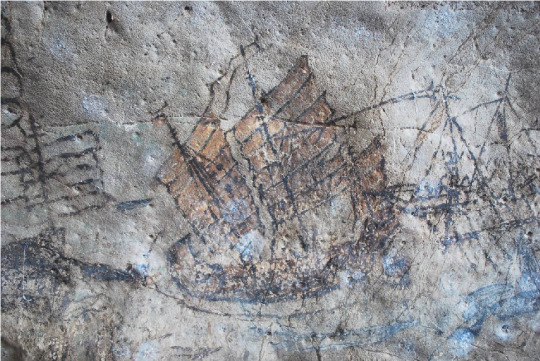
The ships depicted can be compared with indigenous and overseas ships from China, Europe and Indonesia.

Whether indigenous or from distant ports, all were involved in Southeast Asian maritime trade and voyages from the 15th to the 20th centuries.

It is believed that the indigenous people used them either to identify single ships or to honour their trade with these cultures, and their ships. All in all, these paintings are a window into the ship development of different cultures of the last 6th century.
#naval history#wall paintings#ship types#15th- 20th century#medieval seafaring#age of discovery#age of sail#age of steam#thailand
131 notes
·
View notes
Video
youtube
No thoughts, only the Malay version of “We Don’t Talk About Bruno” because I generally don’t have super high hopes for dubbing in my local language (generally it always feels like something is lost in translation or the emotional delivery is off), but holy shit they absolutely knocked it out of the park with this one.
They’ve basically turned it into poetry and there is some divergence from the original (ie. not a direct translation, especially for the townsfolk who get quite creative with their laments).
It’s really intriguing to listen to it alongside the more straightforward translation available in Indonesian. Note for non-SEA that Bahasa Malaysia and the Indonesian vernacular are in many areas interchangeable and the speaker of one can, in a general manner, often understand the other, but as you’ll hear from the two versions, there’s a divergence in how sentences flow and the preferred use of certain words over the other ie. ‘bilang’ and ‘kata’ basically meaning ‘say/said’, but with Malaysia preferring ‘kata’ and Indonesian preferring ‘bilang’.
This also means that I have to take care when I write for Suraya to ensure she sounds Indonesian and not Malaysian (like me) ---the basics of the two languages is essentially similar, but with a unique sound and structure.
The arabic writing you see on the topmost line is Jawi! It’s essentially the arabic script adapted for local use. In the past we used to have newspapers written in Jawi, but these days it’s mostly taught in religious classes at schools and is more commonly used in the east coast than the west. (I still remember how to read this, though writing it can be a pain because sometimes the vowel placement becomes guesswork)
29 notes
·
View notes
Note
Baju Kurung!! I know a Malay when I see one !!! Ya, saya boleh berbahasa melayu?
Hai,
Maaf saya tidak boleh berbahasa melayu :(
No, I am not Malay but I did live in Borneo for a good chunk of my life. ( Best part of my life, easily )
I did learn Malay from age 2 -7 as my fourth language. I went to an English Medium school where Malay was taught as a second language so kids from our school started Malay at 5 instead of learning it since birth. Back then, I could speak and read but I haven’t touched Malay in years. Now I can hold minimal conversation ( mainly just 5 year old vocab) and I can read a fair amount of english romanised script and a bit of Jawi. But yeh, I am sad I lost it and I would love to pick it back up later in life.
Terima Kasih 💖
Daphne xoxo
2 notes
·
View notes
Photo
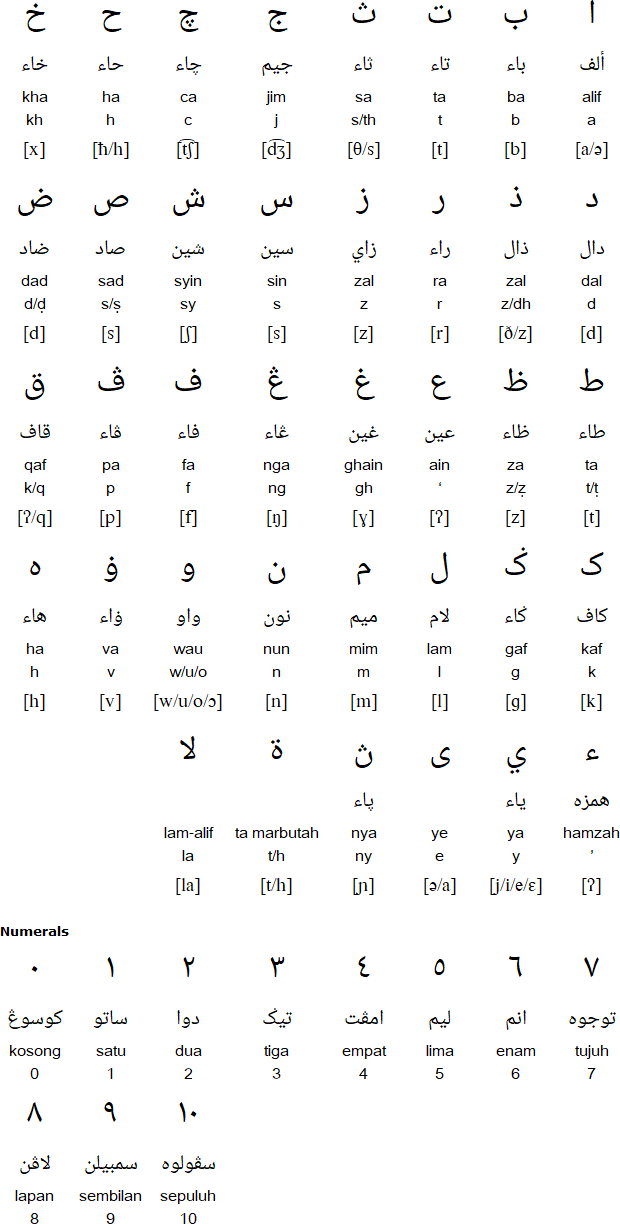
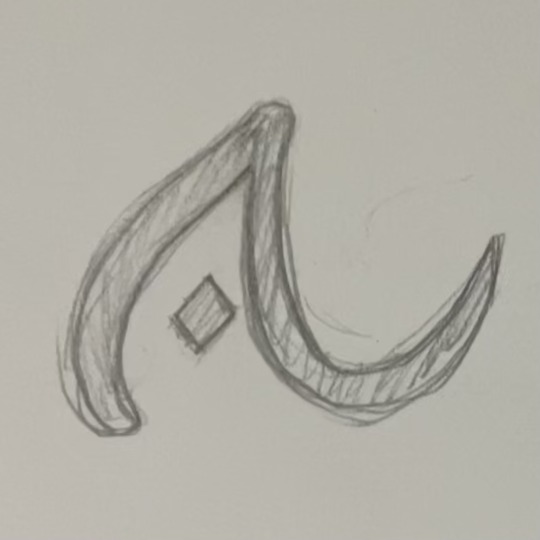

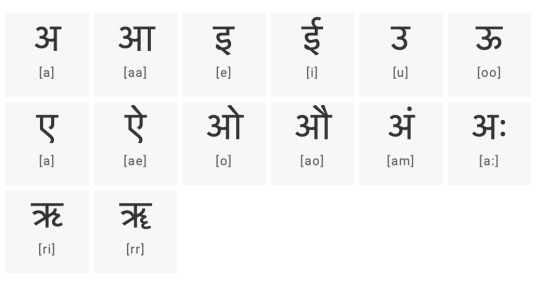
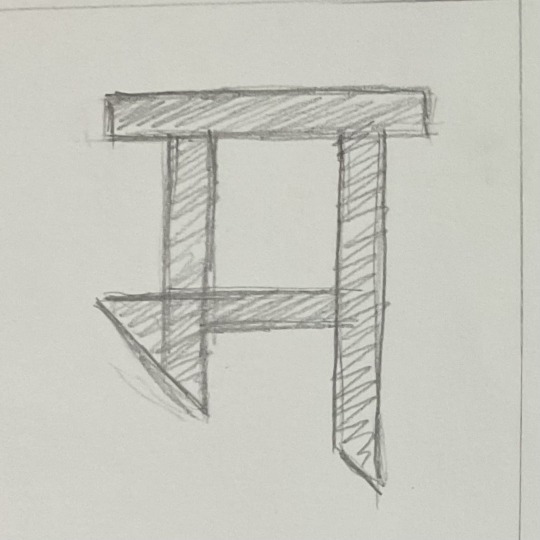



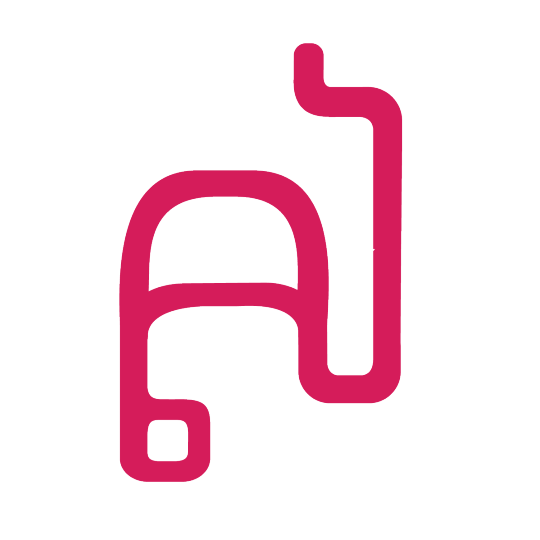
week eight - thursday - friday
letter A vectors research + drawing + vector part three
sites used:
Indonesia + Malaysia (jawi) https://www.omniglot.com/writing/malay.htm
India (hindi) https://www.easyhindityping.com/hindi-alphabet
Cambodia (khmer script) https://imgur.com/gallery/RhjaE https://www.youtube.com/watch?v=JfFOtBAHKqA
done on workbook + illustrator
16.09.2021 - 17.09.2021
2 notes
·
View notes